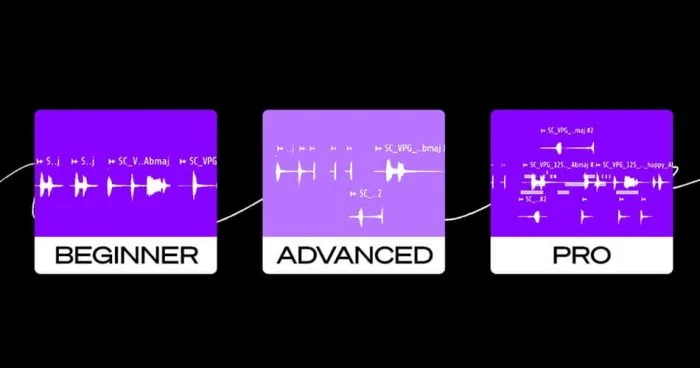Splice has published a new tutorial in which Nick Chen takes a look at some sampling techniques.
In the video, Nick shows three levels of complexity that exist within the sampling process, using FL Studio, Ableton, and Bitwig to demonstrate the techniques.
The origins of sampling can be traced back to the 1940s, with the French experimental style of musique concrète.
By physically manipulating tape with processes like splicing and looping, innovators such as Beatriz Ferreyra and Pierre Henry opened up new possibilities for how we could arrange sound. Then, Jamaican dub reggae producers such as Lee “Scratch” Perry began incorporating pre-recorded samples into their music in the ’60s, and in the ’80s, the introduction of commercial sampling hardware created the widespread boom of sampling, spearheaded by the likes of DJ Kool Herc, Grandmaster Flash, and Afrika Bambaataa. Soon after, revolutionary artists like J Dilla, DJ Premier, and DJ Shadow pushed sampling to a whole new level—and we fast-forward to today, where tools like Splice Sounds now enable anyone with a computer to explore the world of samples.
More information: Splice
 Save big with Plugin Boutique's Drums, Percussion & Rhythm Month Sale!
Save big with Plugin Boutique's Drums, Percussion & Rhythm Month Sale!

